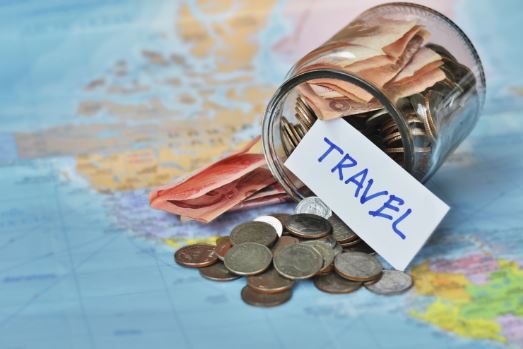Things aren’t always what they appear to be. Getting a call about a bad debt does not automatically make it yours. People make mistakes all the time. One juxtaposed digit in a Social Security number or an overlooked middle initial could land you on a debt collector’s call list.
Worse, it could be a case of felonious intent, in which an unscrupulous individual is trying to frighten money out of you. Always make them prove the debt is yours and don’t be shy about disputing a debt with a collections agency when you know it isn’t. Here’s what you need to do.

Keep Calm and Gather the Facts
The first thing you should do is calm yourself. Yes, having someone on the other end of a phone call claiming you owe thousands of dollars will be an anxiety-producing experience. However, rather than becoming frightened and immediately jumping into some form of debt relief without doing much research, start by calmly denying ownership of the debt.
Without taking ownership of the debt, ask for the name of the original creditor, why the debt was incurred and the total amount owed — including interest, fees and any collections costs. Ask also for the date the obligation was incurred, its original amount and the exact name under which it was incurred. You’ll also need the name, address phone number and company name of the caller.
Once they’ve given you that information, tell them again it’s not yours and you’d appreciate them mailing you all of the information they have regarding the debt in writing. Then tell them to stop calling you about it until they have verification you’ve received that information.
Pull Your Credit Reports
Get a copy of each of your credit reports while you’re waiting for that information to arrive. These are available for free on a yearly basis at AnnualCreditReport.com from Experian, Equifax and TransUnion. With them in hand, go over each one carefully, looking for the debt about which you were called.
You’re absolutely golden if it isn’t there, as that will likely be the end of the encounter. However, if it is there, you’re going to need to dispute the debt with the reporting agency, the entity lodging the erroneous entry and the collections agency as well.
Craft a Debt Dispute Letter
If you do get documentation from the collector, or the debt appears on your credit history, you’ll need to draft three debt dispute letters. These should be addressed to the collections agency, the original debtor, and the reporting bureau — if the debt has been logged into your credit history.
You’ll have 30 days from the date of first contact about the debt to get those letters to the parties listed above. The Consumer Financial Protection Bureau (CFPB) has boilerplate samples to help you ensure you’re phrasing your dispute properly.
Make copies of each letter and send the originals by certified mail to each of the three entities. This will suffice in most cases. However, you’ll need to hire an attorney specializing in this area of the law to get these people off of your back if it doesn’t. Disputing a debt with a collections agency might, at first glance, appear to be an arduous task. However, it’s quite simple when you have the proper information and sample letters from the CFPB.
If, after all of this, you’re still having persistent trouble with an erroneous or fraudulent debt collector, file a complaint about the collections agency with the CFPB online or by calling (855) 411-CFPB (2372).



